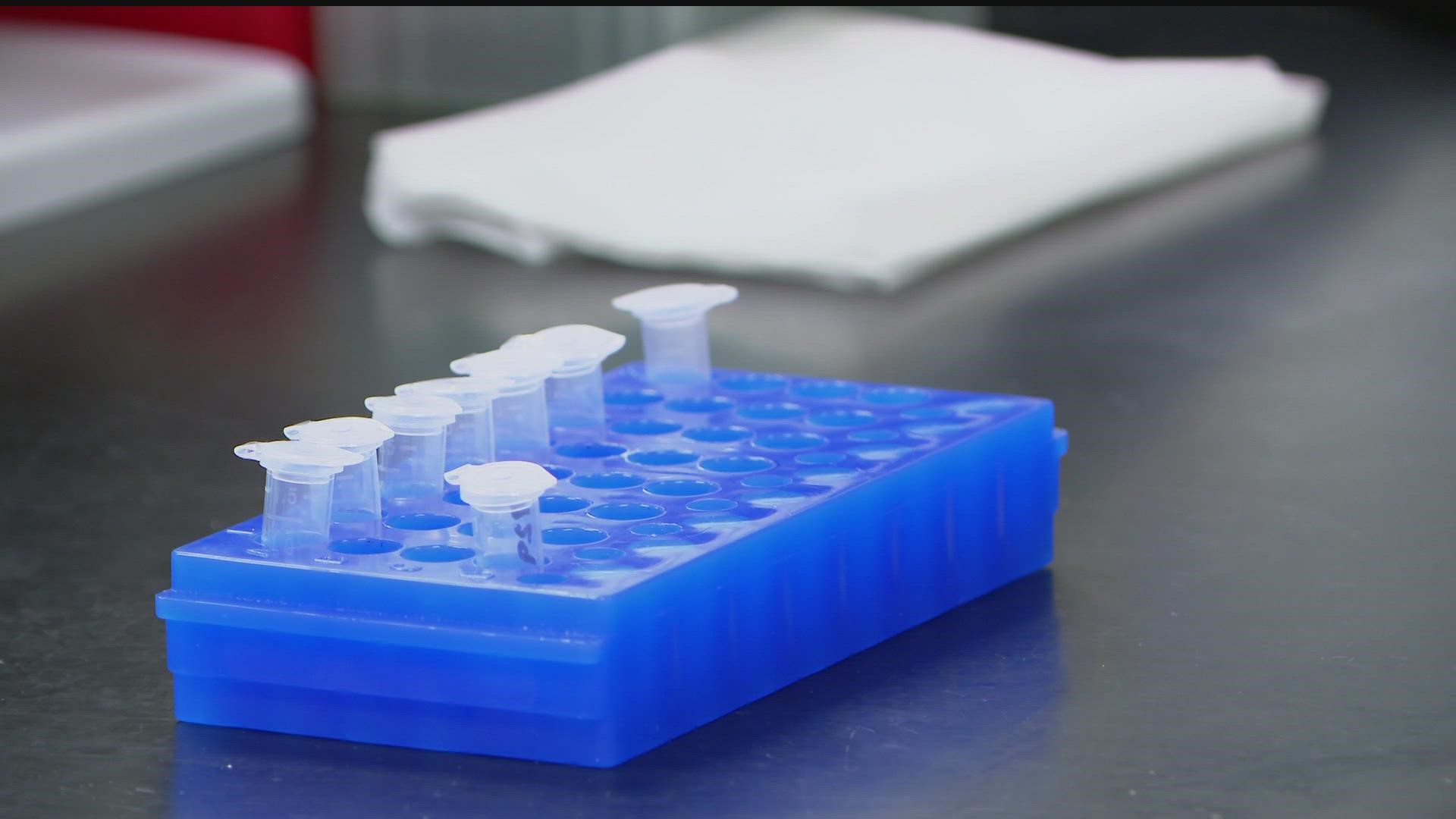MINNEAPOLIS — It was back in May 2020 when researchers at the University of Minnesota learned they could detect COVID-19 in wastewater.
"We could predict what was going to happen clinically a couple of weeks out by measuring the change in the amount of virus that’s in the wastewater," said Dr. Tim Schacker, vice dean of research at University of Minnesota Medical School.
Since then, a lot has changed: People have been able to get vaccinated, and different iterations of the virus have presented differently, clinically. Dr. Schacker says due to changing variables, it's hard to say to what extent wastewater numbers can predict clinical outcomes. One thing is certain, though: It's on the rise.
"In many areas that we’re testing there appears to be an increase," Dr. Schacker said. "That increase is small right now, but the trend is there."
Right now, on the university website, you can see data collected from 44 sites twice weekly, representing 68% of the state population.


Schacker says his team is in close communication with the Minnesota Department of Health.
"This is a really important, I think, tool in the toolbox that we’ve got and we need to keep plugging away to understand what all of this means and how it can be used from a public health perspective to give the public the information they need to allow them to take the precautionary measures they want to take," he said.
State numbers reflect 1,494 new COVID-19 cases in the most recent 24-hour period reported. Those numbers haven't been seen since late February, and Schacker says that number is likely underreported, due to the frequency of at-home tests, with no need to go to a state-sanctioned testing site.
Kathi Como-Sabetti, the COVID epidemiology section manager for MDH, issued the following statement on the rise in cases:
What I can’t tell you is at what level do we raise the flag and say – there is a concern in this community
It’s important that we interpret all of the surveillance metrics in the context of what we are seeing in other areas. We do see the amount of virus circulating beginning to creep back up and this is resulting in a small rise in hospitalizations. We remain hopeful that any rise in health care system impacts will continue to be slow thanks to many being protected by vaccination and previous infection along with the number of early treatments that are now available for those at high risk of developing severe illness. However, it’s difficult to predict what impacts we will see beyond the immediate future.
Our recommendations for people remain: to get the COVID-19 vaccine and boosters as soon as you are eligible. Staying up to date on vaccination provides Minnesotans with the best protection against severe illness. If you are infected, talk with your health care provider or pharmacy as soon as possible about early treatments, especially if you are in a high risk category. Staying home when you’re sick, washing your hands and following other public health guidelines that align with the individual assessment of risk for you and your family are the keys to helping slow the spread of COVID-19.

